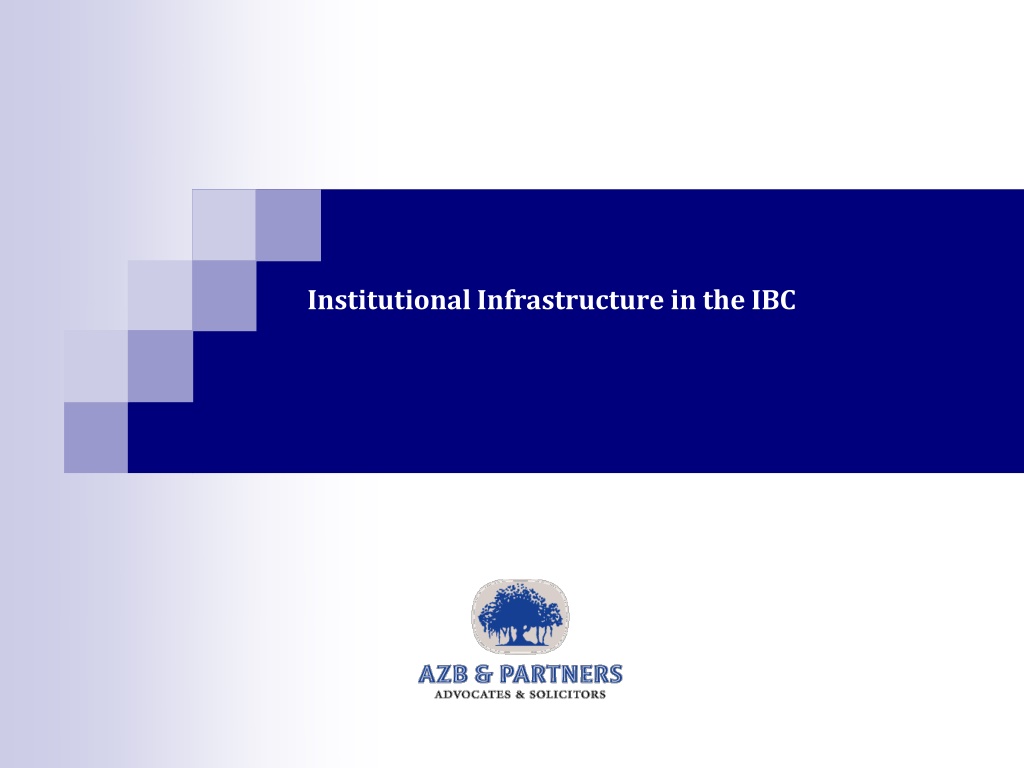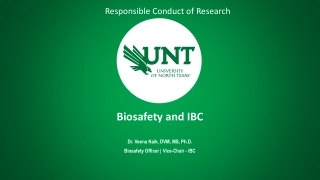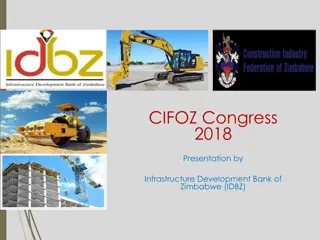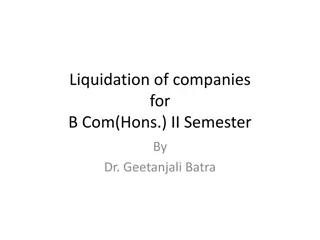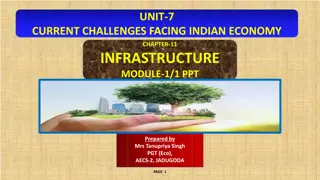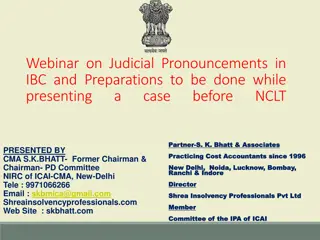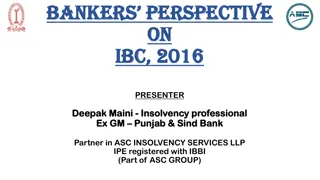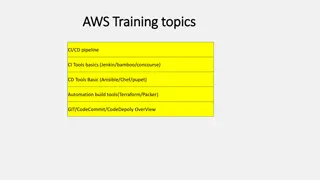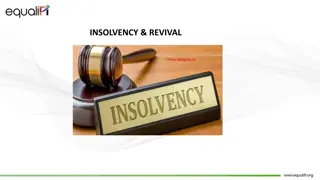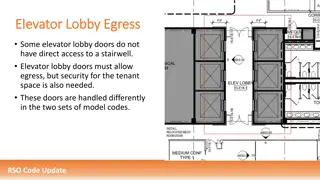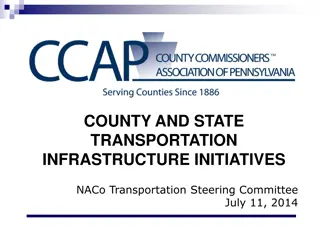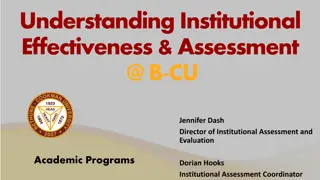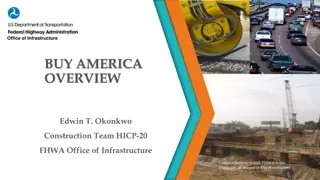Overview of Institutional Infrastructure in IBC
The content discusses various aspects of the Insolvency and Bankruptcy Code (IBC) in India, including processes for individuals, institutional infrastructure, challenges in implementation, reliance on insolvency professionals, and the role of the adjudicating authority.
Uploaded on Mar 02, 2025 | 0 Views
Download Presentation

Please find below an Image/Link to download the presentation.
The content on the website is provided AS IS for your information and personal use only. It may not be sold, licensed, or shared on other websites without obtaining consent from the author.If you encounter any issues during the download, it is possible that the publisher has removed the file from their server.
You are allowed to download the files provided on this website for personal or commercial use, subject to the condition that they are used lawfully. All files are the property of their respective owners.
The content on the website is provided AS IS for your information and personal use only. It may not be sold, licensed, or shared on other websites without obtaining consent from the author.
E N D
Presentation Transcript
The Processes proposed in IBC for individuals Fresh Start is a process by which individuals with debts lower than a specified amount (arrived at using NSSO and Planning Commission data) will have their debts written off, and be given a fresh start . Insolvency Resolution Process (IRP) will involve a process of negotiation between debtors and creditors, outside the court through the Resolution Professional (RP), leading up to a repayment plan. Discharge will be possible only as Bankruptcy procedure (BP) is a process led by the Adjudication Authority, once the IRP has failed. Discharge in the form of discharge-from-bankruptcy 2
Institutional infrastructure A private competitive industry of Information Utilities A private competitive industry of Insolvency Professionals Efficient and well functioning tribunals An independent and well-governed regulator 3
Information Utilities Other Committees views on credit information Nachiket Mor The vision: Ubiquitious Interoperable Definitive Low cost Provisions in the IBC more limited Impact beyond bankruptcy Challenges in implementation: Non cash transactions Leakages / fraud Cost 4
Insolvency Professionals Significant reliance on the IP in all three processes: Adjudicating authourity relies on IP s report for eligibility for fresh start In IRP: Drives the formulation of the repayment plan by the debtor Submits report to Adjudicating authourity Calls meetings of creditors Monitors the implementation f the repayment plan In Bankruptcy: Trustee administers the estate Recommends discharge to the Adjudicating authourity 5
The challenges in implementation Who will IPs be? Loan agents? Bank employees? Local adminsitration? Will involvement of local law enforcement be required? 6
Adjudicating Authority Debt Recovery Tribunals Geographic reach Augment number and resources Current resources abysmal The vision: FSTS Harness role of technology 7
The Regulator The Insolvency and Bankruptcy Board of India Malleability of rules and regulations and processes Consumer protection during insolvency / bankruptcy Regulate IPs Entry barriers, conduct, penalties Regulate IUs Access, accuracy,privacy Governance of the IBBI 8
